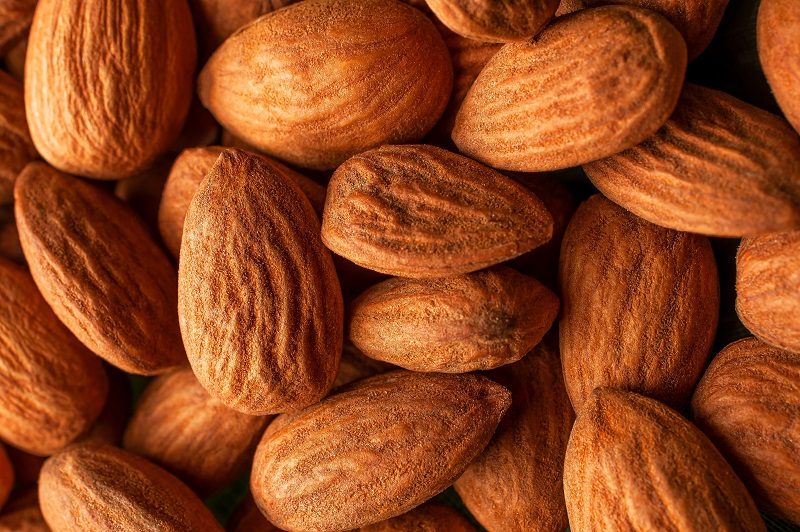What the Coronavirus Food Assistance Program Means for Farmers
U.S. Secretary of Agriculture Sonny Perdue recently announced the Coronavirus Food Assistance Program. The new $19 billion USDA program is designed to take several actions to assist farmers, ranchers, and consumers in response to the COVID-19 pandemic. And the relief can’t come soon enough.
According to USDA, the Coronavirus Food Assistance Program (CFAP) will use the funding and authorities provided in the Coronavirus Aid, Relief, and Economic Security Act (CARES), the Families First Coronavirus Response Act (FFCRA), and other USDA existing authorities. The program includes two major elements to achieve these goals:
1. Direct Support to Farmers and Ranchers: The program will provide $16 billion in direct support based on actual losses for agricultural producers where prices and market supply chains have been impacted and will assist producers with additional adjustment and marketing costs resulting from lost demand and short-term oversupply for the 2020 marketing year caused by COVID-19.
2. USDA Purchase and Distribution: USDA will partner with regional and local distributors, whose workforce has been significantly impacted by the closure of many restaurants, hotels, and other foodservice entities, to purchase $3 billion in fresh produce, dairy, and meat. It will begin with the procurement of an estimated $100 million per month in fresh fruits and vegetables, $100 million per month in a variety of dairy products, and $100 million per month in meat products. The distributors and wholesalers will then provide a pre-approved box of fresh produce, dairy, and meat products to food banks, community and faith-based organizations, and other non-profits serving Americans in need.
In addition, the government agency will utilize other available funding sources to purchase and distribute food to those in need.
- USDA has up to an additional $873.3 million available in Section 32 funding to purchase a variety of agricultural products for distribution to food banks. The use of these funds will be determined by industry requests, USDA agricultural market analysis, and food bank needs.
- The FFCRA and CARES Act provided an at least $850 million for food bank administrative costs and USDA food purchases, of which a minimum of $600 million will be designated for food purchases. The use of these funds will be determined by food bank need and product availability.
Fruit and vegetable growers in Florida have been hit extremely hard during the COVID-19 outbreak, having to ditch crops in the field with major foodservice distribution being crippled. Despite the challenges, growers have been stepping up to the plate. In March alone, Feeding Florida, the state’s network of food banks, helped place about 5 million pounds of produce locally and throughout the Feeding America national network of food banks.
In response to the ag bailout packages, United Fresh Produce Association President and CEO Tom Stenzel offered the following thoughts in a memo to association members:
“I’m grateful to USDA and Members of Congress for supporting our industry. The new $100 million per month purchase program is great and will be a major boost for both growers and distributors in the days ahead.
“But we have to recognize that the payment program does not reach the level needed for many in our industry to survive. Because USDA had received food industry requests for over $40 billion, they placed a maximum of $250,000 in payment to any one individual or entity. You and I both know that comes nowhere close to the actual damage in our sector. The $250,000 limit is the same across all of agriculture – livestock, dairy, other crops and fruits and vegetables, so we were not treated differently from our brethren. But the impact of that limit is drastically different for our high-value crops. As an example, berries can cost more than $10,000 per acre to grow, compared with about $650 an acre to grow corn or soybeans. And that doesn’t include packing, marketing and distribution costs.
“So, while appreciative, we’re once again engaging Congress to allocate more resources in a fourth COVID-19 funding program to help keep the overall economy and the fruit and vegetable industry alive.
“Both of these new funding programs will take some time to put in place. We will be working closely with USDA to ensure that these programs move quickly and efficiently to meet as many of your needs as possible. And, we will share details about how you can access both the payment program and future produce purchases as soon as possible.”
USDA reports that details regarding eligibility, rates, and other implementation will be released at a later date.
For all the information on USDA’s work during the COVID-19 pandemic and resources available, visit www.usda.gov/coronavirus.









